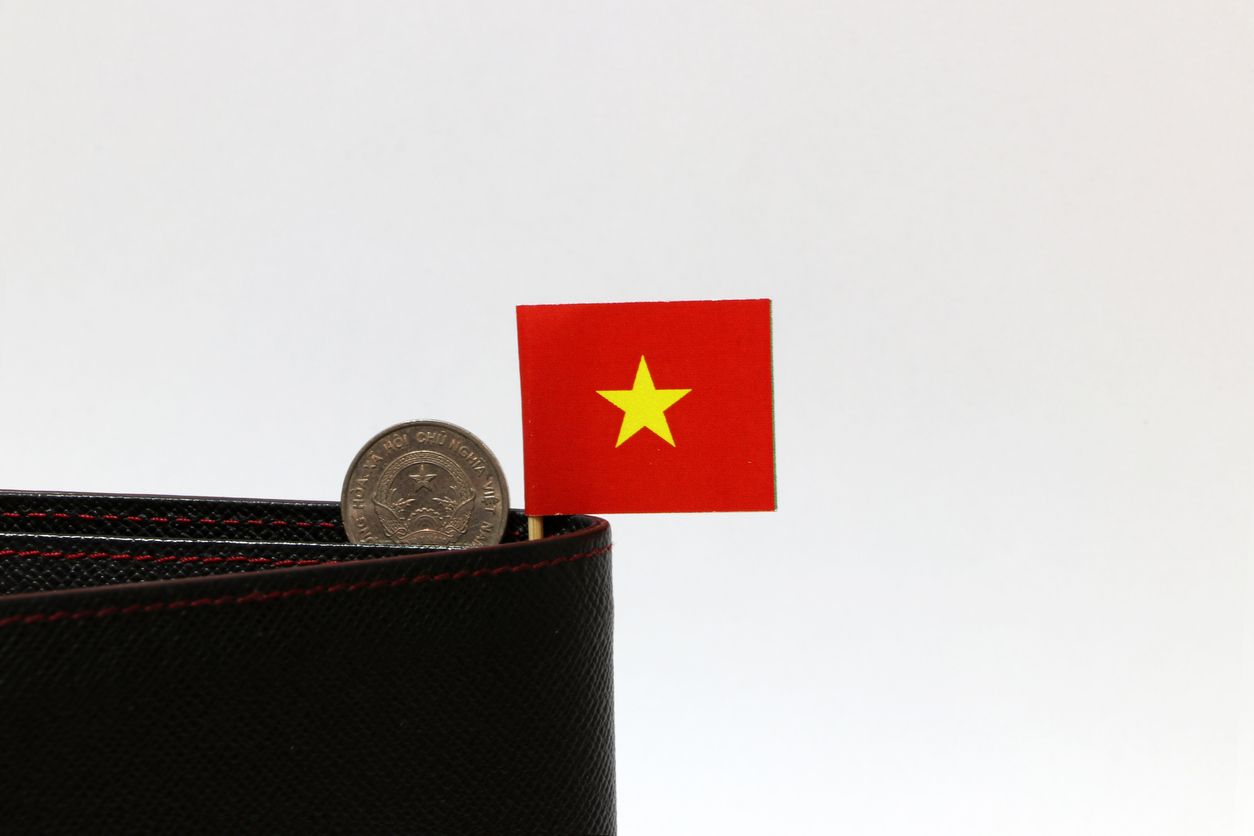
The world’s emerging manufacturing hub wants to double its private sector to 40 percent of the economy by end-2021. VinaCapital’s CEO Don Lam is part of a team that’s helping to make that happen
Click HERE to watch the Virtual Dialogue video.
Vietnam’s economy has been a star performer for the past few years, especially since the private sector was officially acknowledged as a key economic component by the Communist Party of Vietnam (CPV) at the 12th National Congress in 2016. With a three-year average growth rate just shy of seven percent, things are looking up.
“Three years ago, the Prime Minister set up something called the Private Sector Development Council,” recalls Don Lam, CEO of VinaCapital, one of Vietnam’s largest investment and asset management firms. Lam, the vice-chairman of the council, and his colleagues had been given the mandate to double the participation of the private sector in five years.
“Before three years ago, no one would even consider setting up a council like that because the Vietnamese economy is still dominated by State-Owned Enterprises, similar to how China was about 30 years ago.
“When we got the mandate three years ago, the private sector participation was only 20 percent of GDP, which is very small. By the end of 2021, we are hoping to get that up to 40 percent. I think that is very achievable.”
Vietnam: In a good position
Vietnam’s gradual opening up of its planned economy has sparked a doubling of its GDP per capita in less than a decade, from US$1318 (2010) to US$2715 (2019). For Lam, it represents plenty of investment opportunities.
“We’re investing mainly in the consumer space,” Lam revealed at a recent SMU Industry Leaders Virtual Dialogue. “Milk companies, food companies, construction materials, anything to support the middle class. As the economy grows, the middle class grows with it.
“The other area that we believe will grow significantly is infrastructure. We recently got approval for a US$3 billion LNG power plan just outside of Ho Chi Minh City. We believe that Vietnam will be short of electricity in the next three to four years as more manufacturing comes into Vietnam.”
He adds: “A lot of international investors are looking at Vietnam because of how we handled COVID-19. They are looking at relocating some of their manufacturing facilities here as we open up quicker.”
While many countries in Southeast Asia are struggling to clear themselves of COVID-19, the disease has largely left Vietnam alone. Although a handful of new cases were recorded for the first time in over three months on July 24, Vietnam continues to be in much better shape than most of its regional neighbours.
But the bigger driver of investments into Vietnam could be the U.S.-China trade war, Lam observes.
“Most companies know this well: there is no such thing as a global supply chain, it’s really the China supply chain,” he explains. “Whatever anyone produces, there’s always a component that comes from China. So when China shut down for a month or two [because of COVID-19], it affected every supply chain.
“Secondly, with the China-U.S. trade friction, many companies are looking to relocate their manufacturing facilities to get away from the trade friction. Those two factors combined have resulted in companies looking at moving out of China.”
He adds: “They don’t want to have all their manufacturing done in China and have it disrupted at any time. This is where Vietnam and Southeast Asia will benefit from the U.S.-China trade war.”
Banking and Fintech
While Vietnam is in an enviable position manufacturing-wise, its nascent startup and financial scenes put it at a distinct disadvantage. Lam is of the opinion that unless the government moves decisively, Vietnam will be forced to play catchup in the fintech and digital banking arena.
“We’ve been advising the government of Vietnam that if they do not want to fall behind, they need to start issuing digital banking licenses,” Lam says. “I believe the Singapore government is way ahead in Southeast Asia in that space. If Vietnam doesn’t follow, what would happen is that the sector will incubate in Singapore or another country in Southeast Asia, and that country will become regionally dominant [in Fintech].”
However, while the Singaporean government’s decisiveness on fintech may have given it a leg up on the competition, Lam believes the country’s banks could learn a thing or two. Responding to a question on adding Singapore to the colloquial VIP (Vietnam, Indonesia, Philippines) grouping, Lam expressed reservations.
“I think adding Singapore would work but it needs to find a role,” he opines. “One of the reasons we went to Korea to raise capital [for the LNG power plant], and not Singapore, was that we felt that the Koreans are much more aggressive in terms of funding and being more innovative.
“It’s always been tough to raise money in Singapore. The good thing about Singapore, and the bad thing at the same time, is that you have a very stable financial market with four or five major big banks. But because of those banks, there’s not much competitiveness or competition. Therefore, they are not as innovative.
“To add Singapore to VIP and make SVIP, it’s important that Singaporean banks and financial institutions become more progressive and innovative.”
Don Lam was the Leadership Perspectives speaker at the SMU Industry Leaders Virtual Dialogue held on 26 June 2020. He is the CEO and Co-Founder of VinaCapital & Chair of SMU IAC Vietnam.
Follow us on Twitter (@sgsmuperspectiv) or like us on Facebook (https://www.facebook.com/PerspectivesAtSMU)